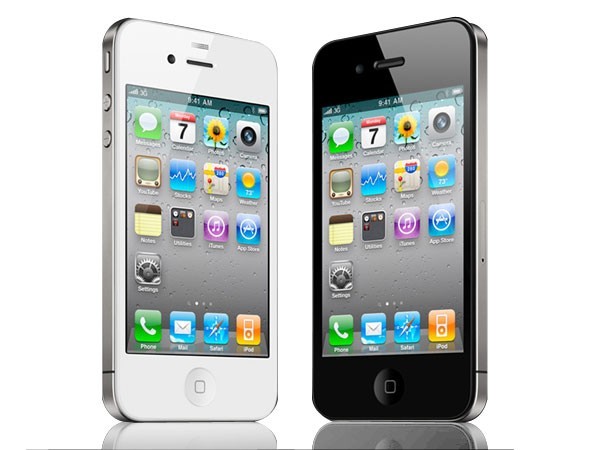
In an advanced method, scientists have used an iPhone and a camera lens to diagnose worms in the intestine. This is the first time that technology has been used to determine the presence of parasites.
All the scientists needed was just a low-cost field microscope using an iPhone, $8 camera lens, double-sided tape, flashlight and ordinary laboratory slides to detect the presence of eggs from hookworm and other parasites in the stool of infected children in rural Tanzania, reported Australian Associated Press (AAP).
"There's been a lot of tinkering in the lab with mobile phone microscopes, but this is the first time the technology has been used in the field to diagnose intestinal parasites," lead author of the study Isaac Bogoch, a physician specialising in infectious diseases at Toronto General Hospital, told AAP.
For their study, the researchers used iPhone 4S. They mounted a 3-mm ball lens to the camera of the iPhone with a double-sided tape. A hole was pierced into the tape and the ball lens was placed in the centre of the camera lens. Samples of tools were spread thinly on glass slides. These specimens are called smear slides, which are used for microscopic study. The smear slides of the stool samples were placed close to the tape to ensure that the space between the lens and the slides is less than 1 mm. The lens captured the images of the stool samples from the top of the slides that were lightened up from below, according to a report by Medscape Today.
More than 200 stool samples of infected children were examined. The research team found that 70 percent of the samples were infected with parasites. They believe that the new method would be cost effective and help doctors treat patients in poor and remote regions.
Intestinal worms affect billions of people across the globe. In particular, children living in poverty-stricken areas are affected by the worms, which cause malnutrition. A conventional microscope costs about $200 (about ₹10,800 in today's Indian value).
But, the cost of using microscope compiled together using the cell phone is much cheaper than buying a conventional microscope, said the researchers. Any cell phone equipped with a camera and a zoom option should work well in detecting the worms. Moreover, the cost of ball lens is just about $8 to $10 (₹430 to ₹540).
Even though the new method yields modest results, researchers believe that the sensitivity of the microscope could be improved with more refinements.
The findings of the study are published in the American Journal of Tropical Medicine and Hygiene.










